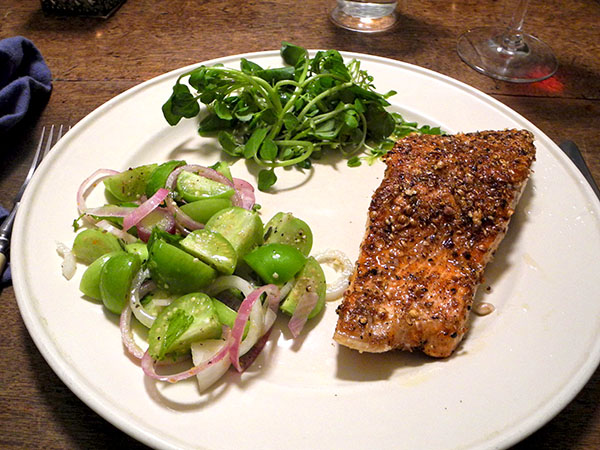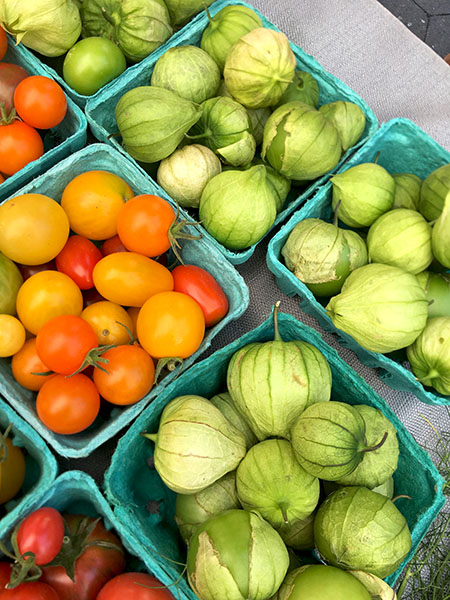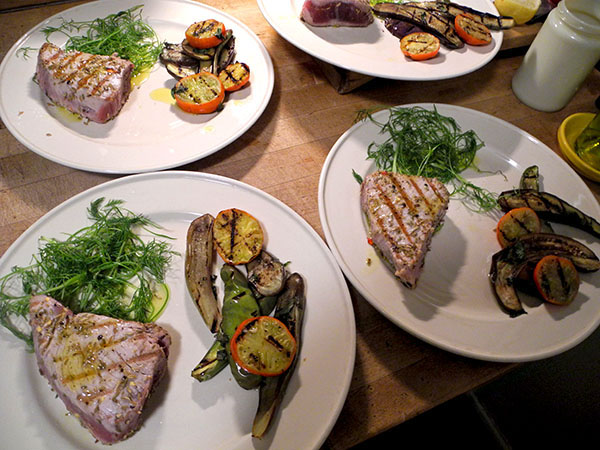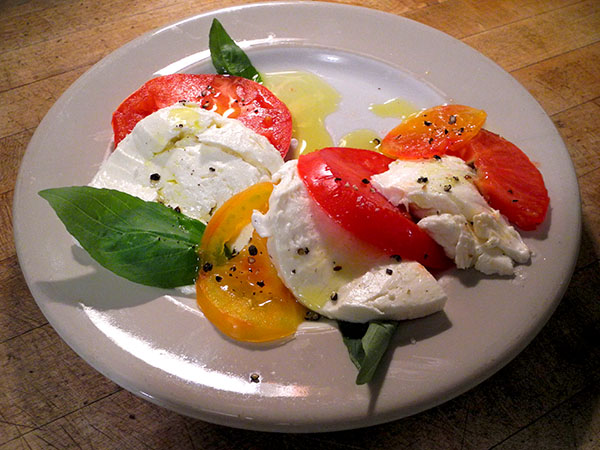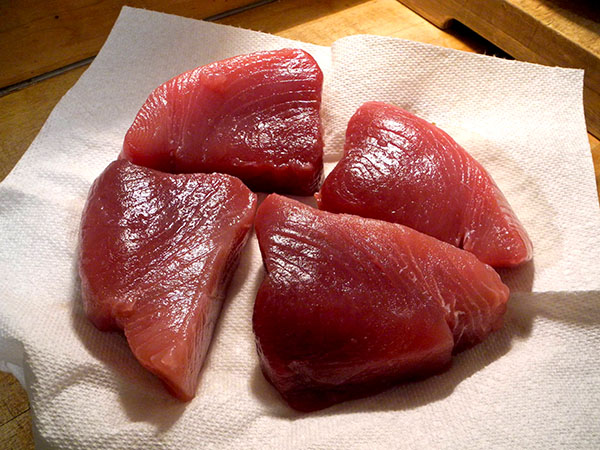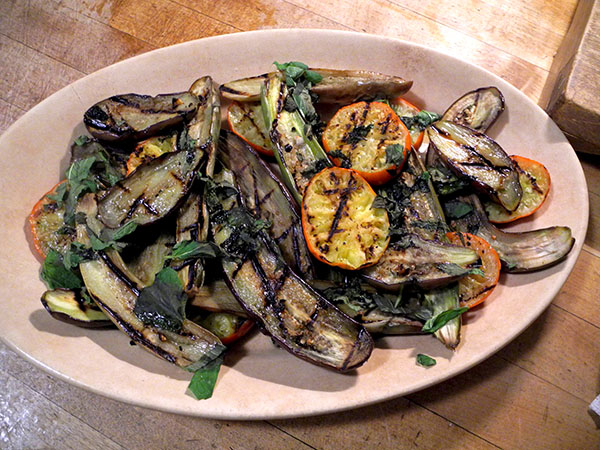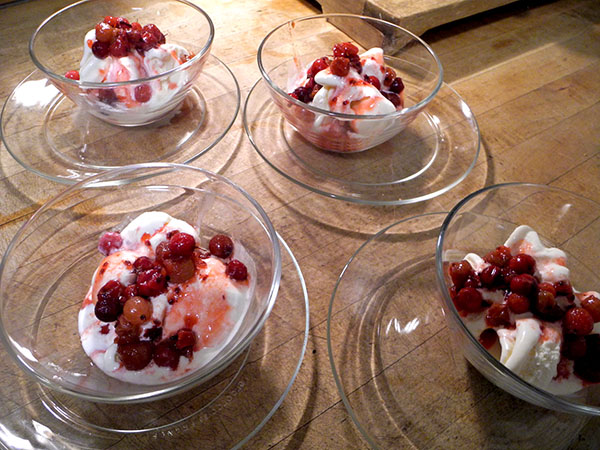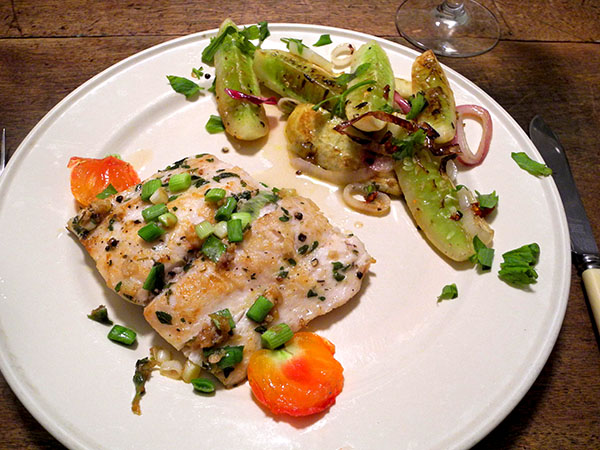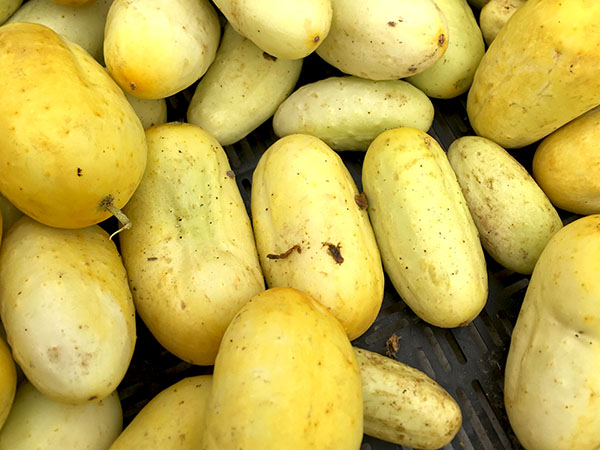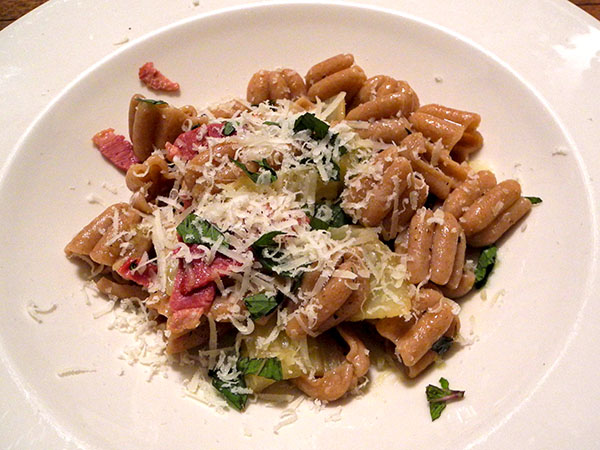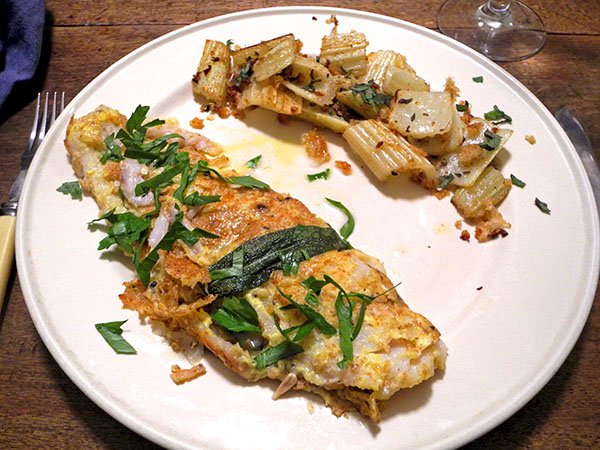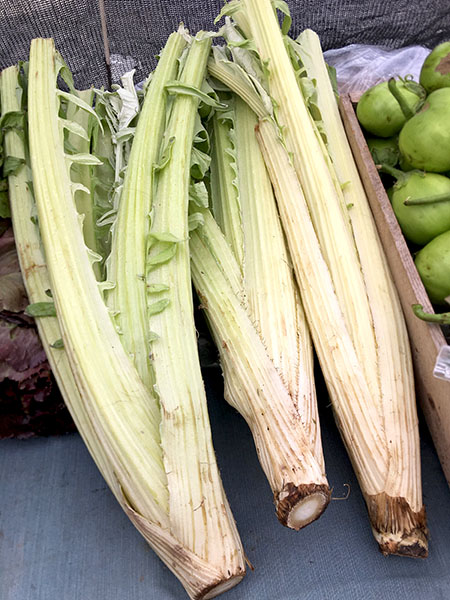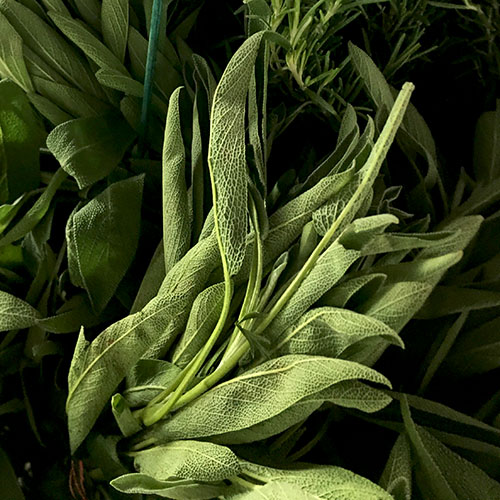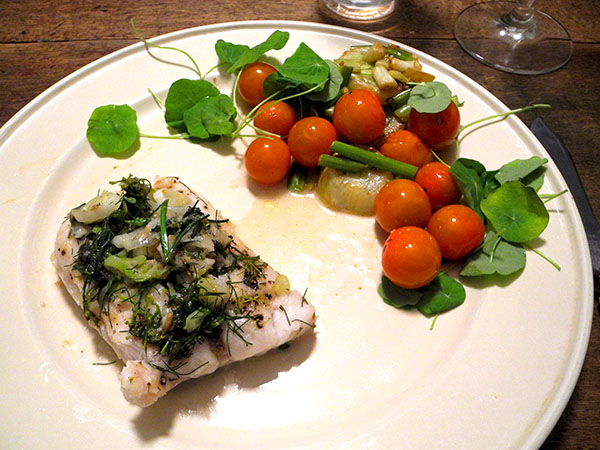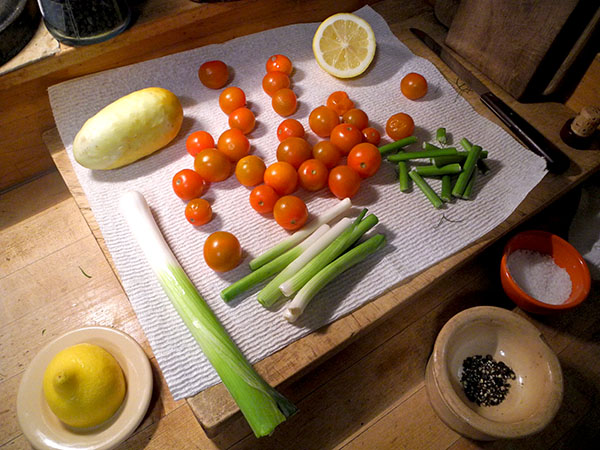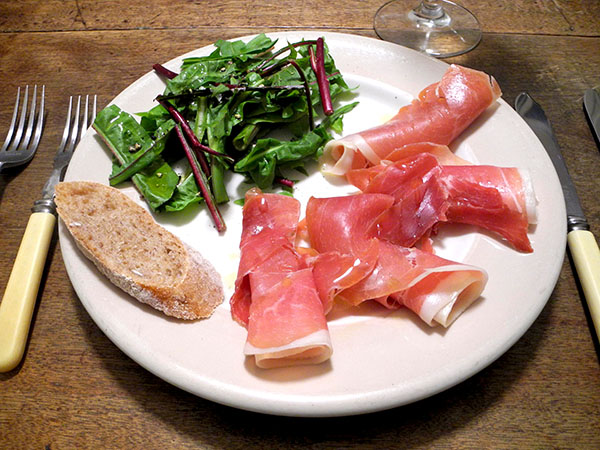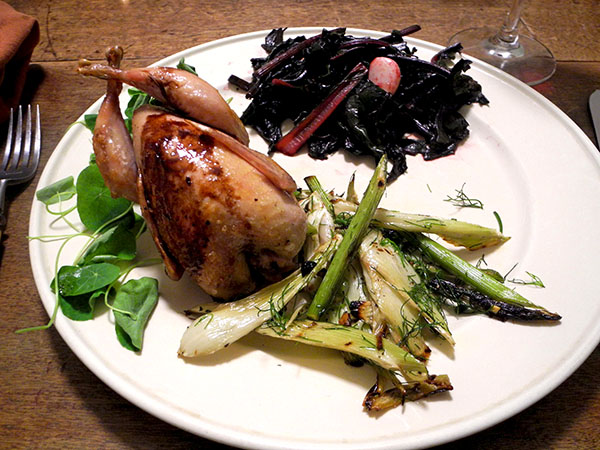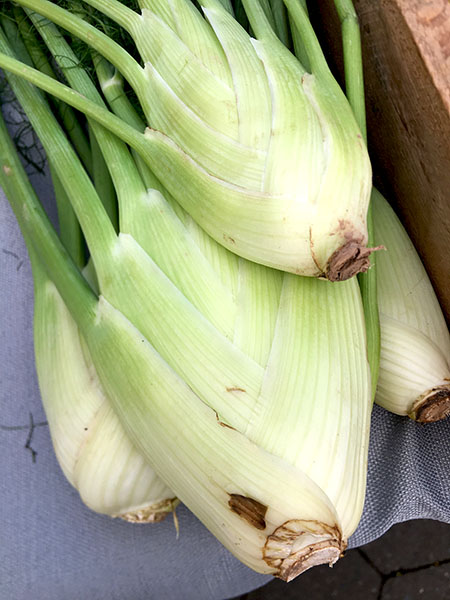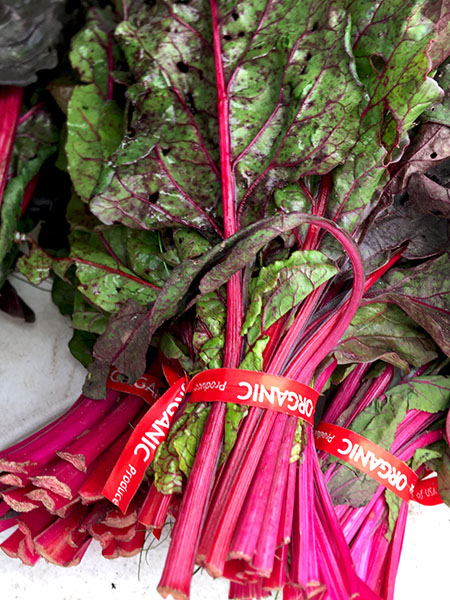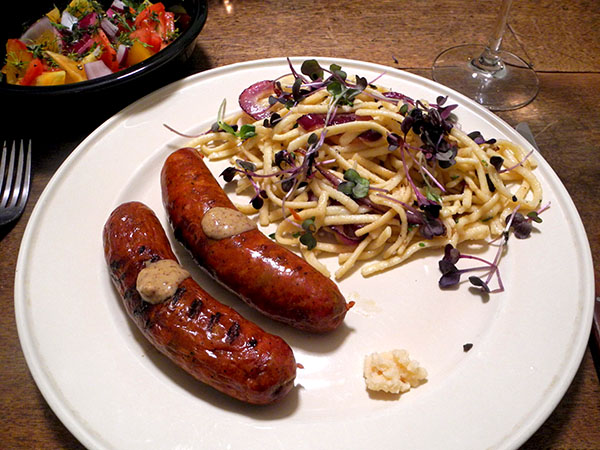
Red or green?
The sausage was German, but with a bit of a kink (there was a lot of spice). Still, it was produced by a family-owned and now legendary New York German butcher shop, so we both thought of pursuing the idea of a German meal through a judicious choice of its accompaniments, even if it would be more of a creative, 21st-century and (narrowly) cosmopolitan German meal.
I had probably, without knowing it, been saving that package of Spätzle noodles for just such an occasion, as I hadn’t felt they represented the echt thing (which has to be egg noodles made by hand, at home), and I was reluctant to pass them off as such. This seemed to be the right moment to try them out.
We had first tasted these fantastic sausages, on buns, with condiments, at Schaller’s Stube, which is, naturally (was sonst?), a ‘sausage bar’. Half of the name, and probably almost half of the sausages special interest, comes from a certain ingredient, ‘hatch pepper‘, identified with New Mexico, and not with Germany.
So I thought it made at least some sense, at least using a little imagination, to accompany these capsicum-flavored sausages, and the German ghost pasta, with some really excellent tomatoes I had ripening on the breakfast room windowsill, since both peppers and tomatoes originated in the lands of what is today known as Latin America.
- four smoked hatch chile sausages from Schalle & Weber, pan grilled until they looked just a little blistery, served with a bit of ‘Meretina’ horseradish spread from Schaller & Weber and some organic German-style Texas-manufactured mustard from Whole Foods Market
- eight ounces or so from a packaged Swabian specialty, ‘Traditional German Egg Pasta Spaetzle’, made in Trochtelfingen, Baden-Württemberg, Germany
by Bechtle (I don’t remember where it was purchased), cooked in a large pot of salted water for about 10 minutes, turned into a large high-sided tin-lined copper pot in which most of one thinly sliced red onion from Alex’s Tomato Farm in the 23rd St. farmers market had been sautéed, along with a little dried orange/gold habanada pepper, in a couple tablespoons of Organic Valley ‘Cultured Pasture Butter’ from Whole Foods Market, until the onion was more than softened, the mix seasoned with sea salt and Tellicherry pepper, a couple teaspoons of chopped thyme from Stokes Farm added and tossed in, garnished on the plates with purple micro radish from Two Guys from Woodbridge
- two large heirloom tomatoes from from Sycamore Farms, cut into wedges, tossed with a roughly-chopped section of the same red onion used with the Spätzle, seasoned with sea salt and Tellicherry pepper, drizzled with some Sicilian olive oil from Whole Foods, and a little white balsamic vinegar, sprinkled with the same mix of herbs assembled for the dinner of the day before (a combination of peppermint, bush basil, and oregano from Norwich Meadows Farm, summer savory and thyme from Stokes Farm, fennel frond from Alewife Farm, and dill flowers from Eckerton Hill Farm)
- the wine was a California (Central Coast) rosé, Keith Hock Central Coast Rosé 2015, from Naked Wines
- the music was the album, ‘The Eos Ensemble / Jonathan Sheffer – Music For Merce‘, a choice inspired by our visit to the first rooms of the Museum of Modern Art’s Rauschenberg retrospective that day (we will be returning, probably more than once, to the exhibition)
